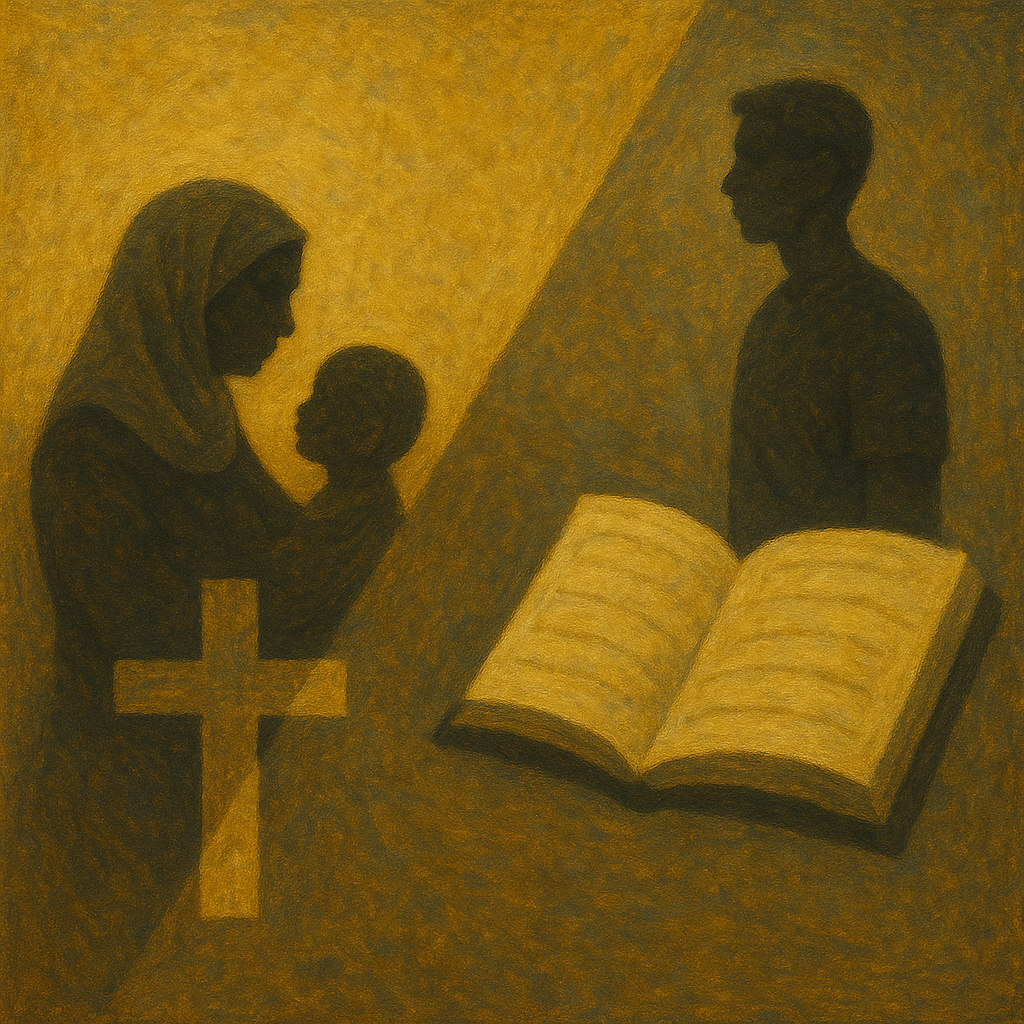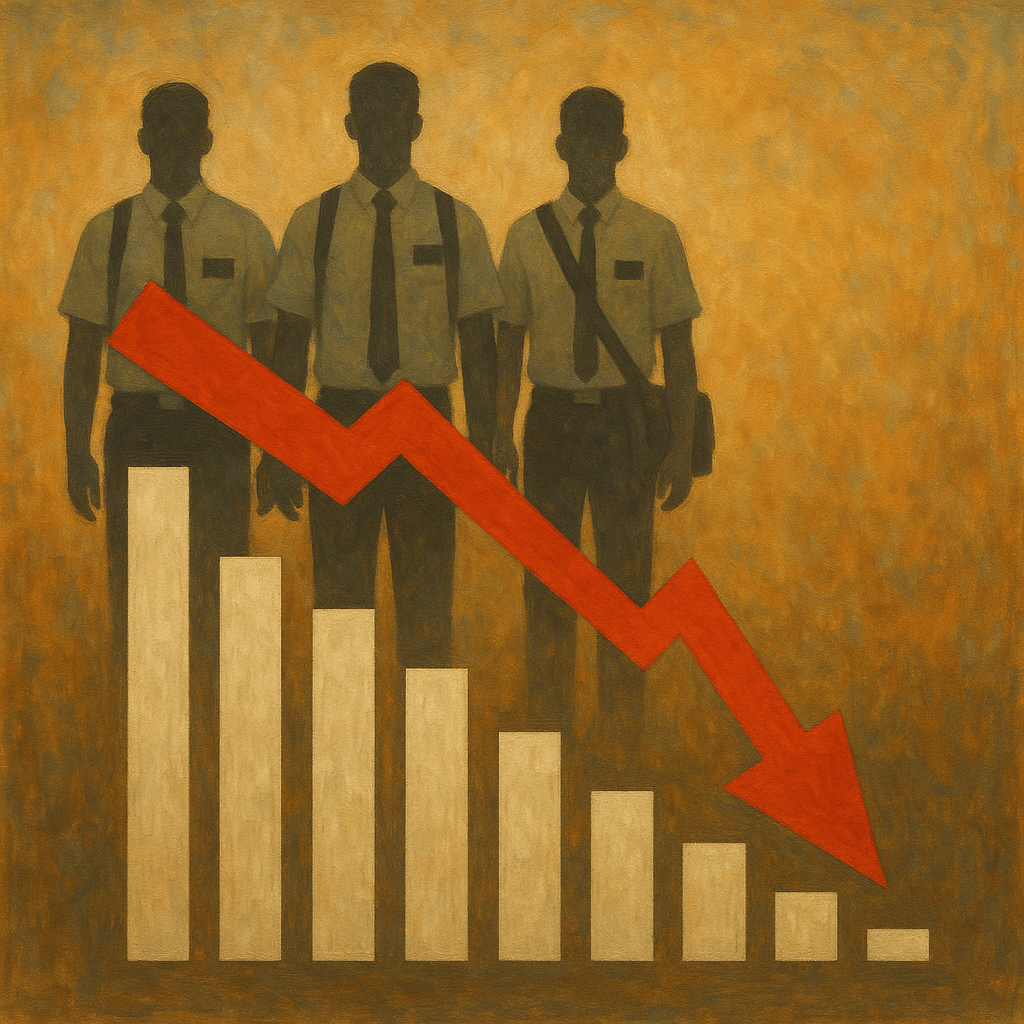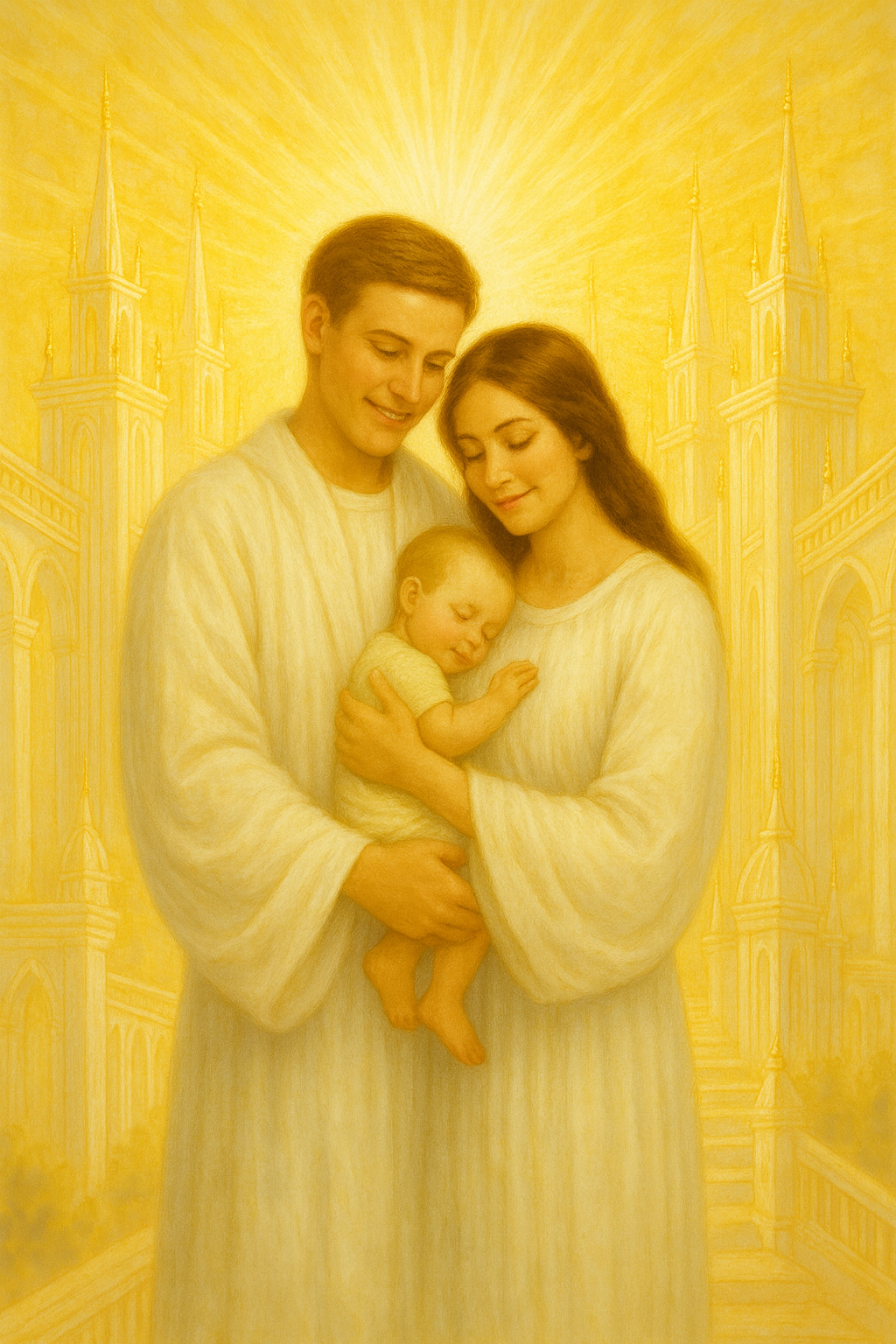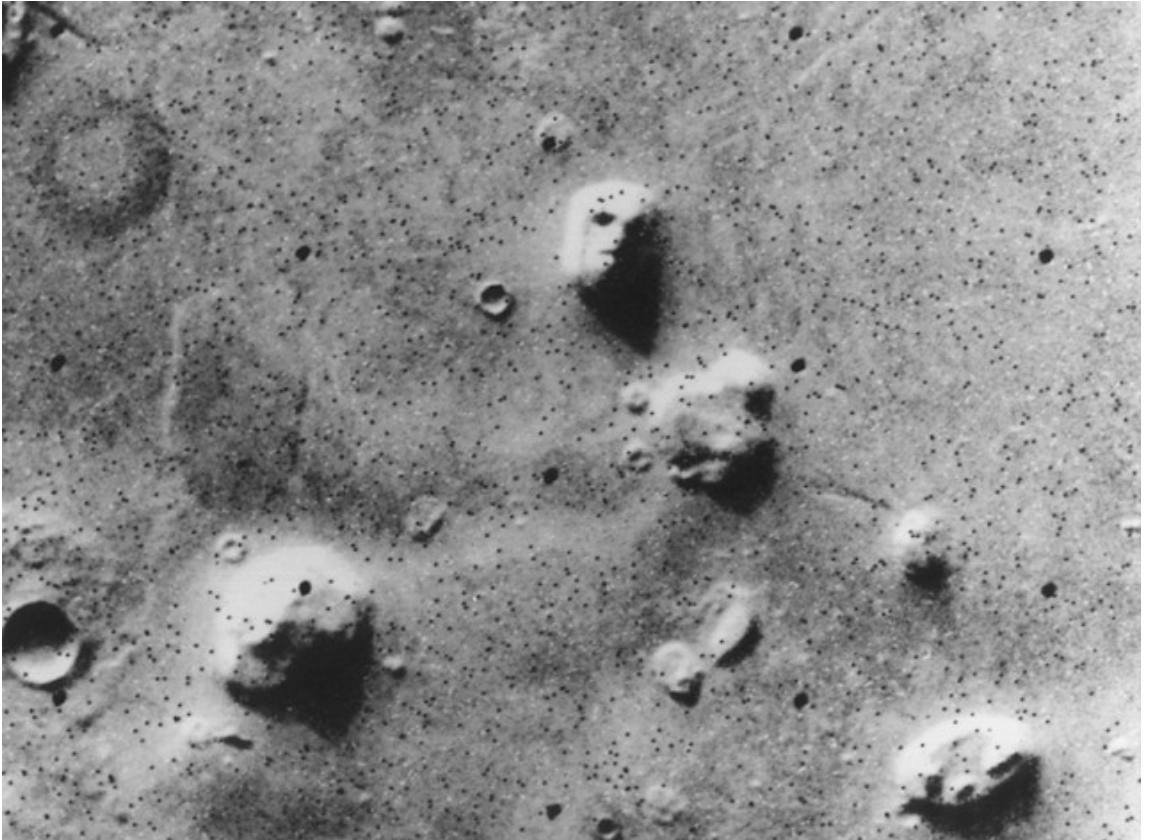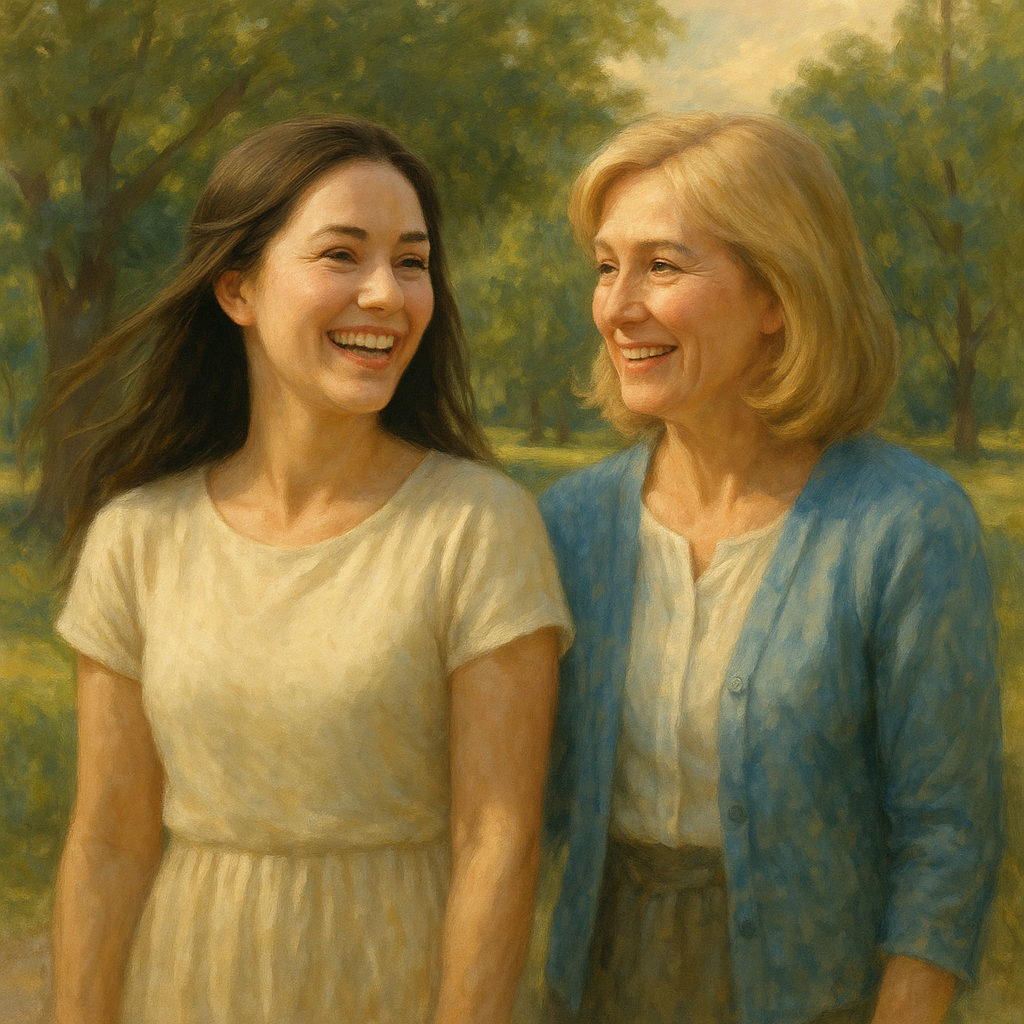-
•
•
7 responses
A few days ago I posted about how we can take what happens in Church meetings—sermons, lessons and anything else—and enter a conversation with them, magnifying what was said or adding what we think. I’m convinced that even if the speaker or teacher is poorly prepared, we can still find elements in what is said and what happens that inspires and edifies us. Even if church meetings aren’t conducted in a way that reaches us, we can take responsibility and find a way to feel the spirit. My suggestion for putting this into practice is to write down reactions and… Read More
-
Come Follow Me Currculum, Doctrine and Covenants, Latter-day Saint Thought, Poetry, SS Lesson – Doctrine and Covenants
•
•
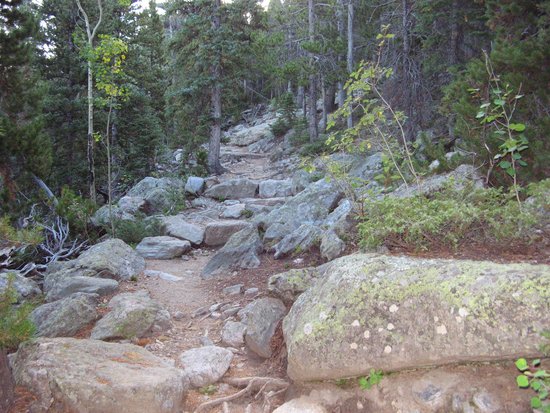
If things have been ordered for our good, do the things look like they have been ordered or arranged? This week’s Come Follow Me lesson title implies that what happens in our lives is meant to help us both now and in the hereafter. The statement “I will order all things for your good” is often interpreted with a couple of different assumptions—first, that when things are for our good they are somehow easier and smoother. The second common assumption is that the word ‘order’ implies that it is the structure that has been or will be changed for our… Read More
-
•
•
3 responses
For those of us who have long been fascinated by the historical development of Latter-day Saint temple worship, Jonathan Stapley’s recent work, Holiness to the Lord: Latter-day Saint Temple Worship, and his insightful interview on the subject at the Latter-day Saint history site From the Desk offer a significant contribution to the conversation. The interview offers a compelling overview of the book, tracing the evolution of temple rituals from Joseph Smith’s foundational, biblically inspired practices in Kirtland to the more elaborate endowment ceremonies developed in Nauvoo, which aimed to create a “ritualized heaven on earth.” What emerges is a clear picture… Read More
-
•
•
23 responses
An intrinsic problem in liberal and progressive-dominated professions such as academia and journalism is systematically overlooking or diminishing conservative pain. I’m not asking for sympathy for myself here, as I’m not a conservative. Each day I watch in horror as much of what has made my life pleasant or possible is destroyed and generation-spanning work to build this country is vandalized in the name of conservatism, while people who call themselves conservatives look on with indifference or glee. But Jesus’ command to mourn with those who mourn and bear one another’s burdens explicitly includes those who despitefully use us. Not… Read More
-
•
•
20 responses
Though Mormonism after Joseph Smith isn’t my expertise, I do think that a story that demonstrates conflict in church leaders’ tendency to appoint the church’s best administrators into the first presidency is the attempted “coup” against Wilford Woodruff in 1887. I put coup in quotes since some may object to that term, but it seems in the ballpark to me (more below). I don’t know how well known the story is, and I’ll get to it in a bit, but first, I want to recap a bit and attempt to define my terms a little better. RLD pointed out that… Read More
-
•
•
11 responses
When was the last time someone told you how much they liked Church on Sunday? Or what made a Sacrament Meeting really great? Or what in a lesson touched them, made them cry or gave them a new way of thinking? I often hear complaints about Church these days. If it isn’t that the Sacrament Meeting talks were boring, or retreads of general conference talks, or travelogues, it’s that false doctrine was taught, or something ‘inappropriate’ for Church was said. [If so, I apologize, that was probably me.] So, have you ever thought, “If I were in charge of Sacrament… Read More
-
•
•
One response
Elias—An Epic of the Ages: A Critical Edition, edited by Reid L. Neilson and published by Greg Kofford Books, is an important effort to preserve and present a landmark text in the literary history of Latter-day Saints. Orson F. Whitney, a Church leader and gifted writer at the turn of the twentieth century, sought to craft an epic poem for Mormonism in the style of Milton’s Paradise Lost. The result was Elias, a sweeping narrative that blends theology, history, and mythic imagery to recount the Latter-day Saint story. Like the Norton Critical Edition of Paradise Lost, Neilson enriches the volume… Read More
-
•
•

I like this photo of the Bangkok Thailand Temple. I know many people will see in it an island of good among a sea of chaos and evil. I can’t disagree more with that view—most of humanity doesn’t live in the stereotypical suburban pastoral nowhere favored by the world, and where they do live is not chaotic or evil just because it is urban. Instead, I see in this photo a place where we can turn our thoughts to God from the everyday busyness and concerns of our day. It is not meant to be isolated, as if the rest… Read More
-
•
•
6 responses
I had so many plans for this post series, so it is heavy heart and not a little irony that I have had to cut it short due to two mental health crises in our family which have left me depleted. I’ve tried to think of what I should say as a final post on this issue, but there are so many things that need to be discussed; there is just no way I can cut it down to one encompassing idea. So, I’ll end with this, even though it’s not enough. Hopefully it can at least be a start.… Read More
-
•
•
2 responses
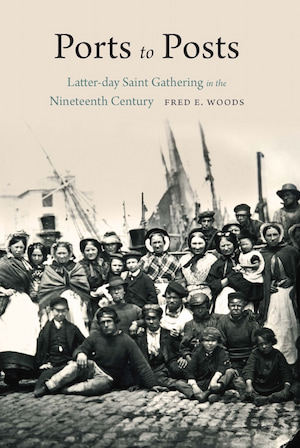
Fred E. Woods’s Ports to Posts: Latter-day Saint Gathering in the Nineteenth Century offers a richly detailed and engaging exploration of the emigration process that carried thousands of Latter-day Saint converts from their homelands to the American frontier. Rather than focusing narrowly on one facet of the story, Woods takes a broad and careful approach, examining multiple angles of emigration across the nineteenth century. His work highlights not only the logistical challenges and triumphs of gathering to Zion but also the personal experiences and perceptions of those who undertook the journey. The result is a book that is both informative… Read More
-
•
•
2 responses
Twenty years ago, Richard Lyman Bushman’s biography of Joseph Smith the Prophet was published. The book has had a huge impact on English-speaking Latter-day Saints. He recently reflected on Joseph Smith: Rough Stone Rolling in an interview at the Latter-day Saint history blog From the Desk. What follows here is a copost to the full interview. Read More
-
•
•
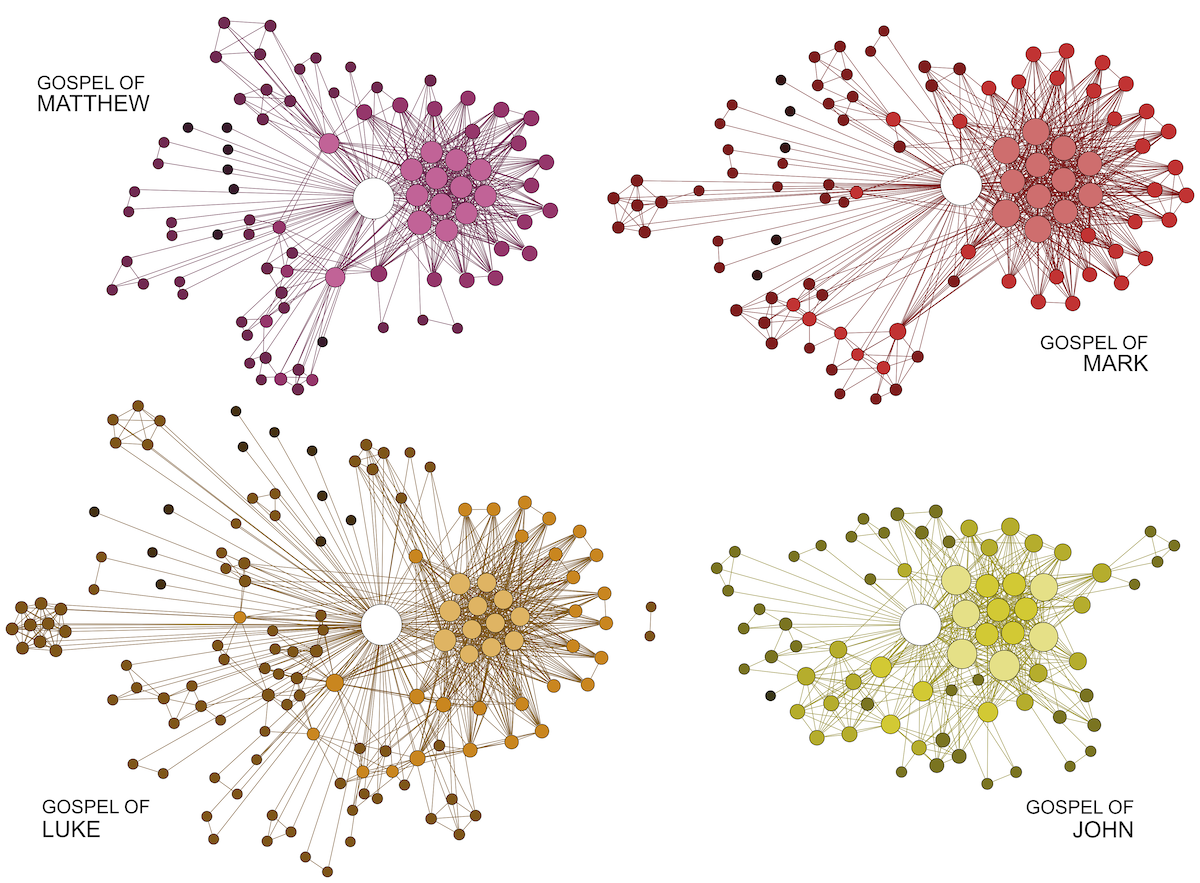
Like it or not, our lives are built of structures. We organize our days according to everything from natural events, like the rising and setting of the sun and our own biological rhythms, to the hours of the clock that our society has assigned to the day, to the needs we have to coordinate with family, work, friends and society. It is not possible to separate the “day” from these structures. Even when they cause us trouble, these structures make up the recurring experience of our lives. When it comes to church (or really to any organization) our experience is… Read More
-
•
•
The D&C and Church History ARTbook, volume one, curated by Esther Hi’ilani Candari and published by By Common Consent Press, is a fantastic resource for gospel artwork. It is chock-full of beautiful and thought-provoking pieces on gospel themes that complement the Doctrine and Covenants “Come, Follow Me” curriculum. One of the strengths of the book is its practical design—it opens with helpful suggestions about how to use the art to meet the needs of a variety of Church settings, ranging from an average Sunday School class to groups with special needs. This shows an intentional effort not just to publish… Read More
-
•
•
3 responses
I was very excited that earlier this week, we were able to publish a page on From the Desk about Global Mormonism: Latter-day Saints Around the World. This is the culmination of years of effort to identify published histories about communities in The Church of Jesus Christ of Latter-day Saints outside of the historically prevalent Anglo-Americans in the Church, and to conduct interviews with the experts who wrote these histories. The page brings together key information from and links to those interviews while also sharing some additional information and links to many more resources on the global Church. We plan… Read More
-
•
•
27 responses
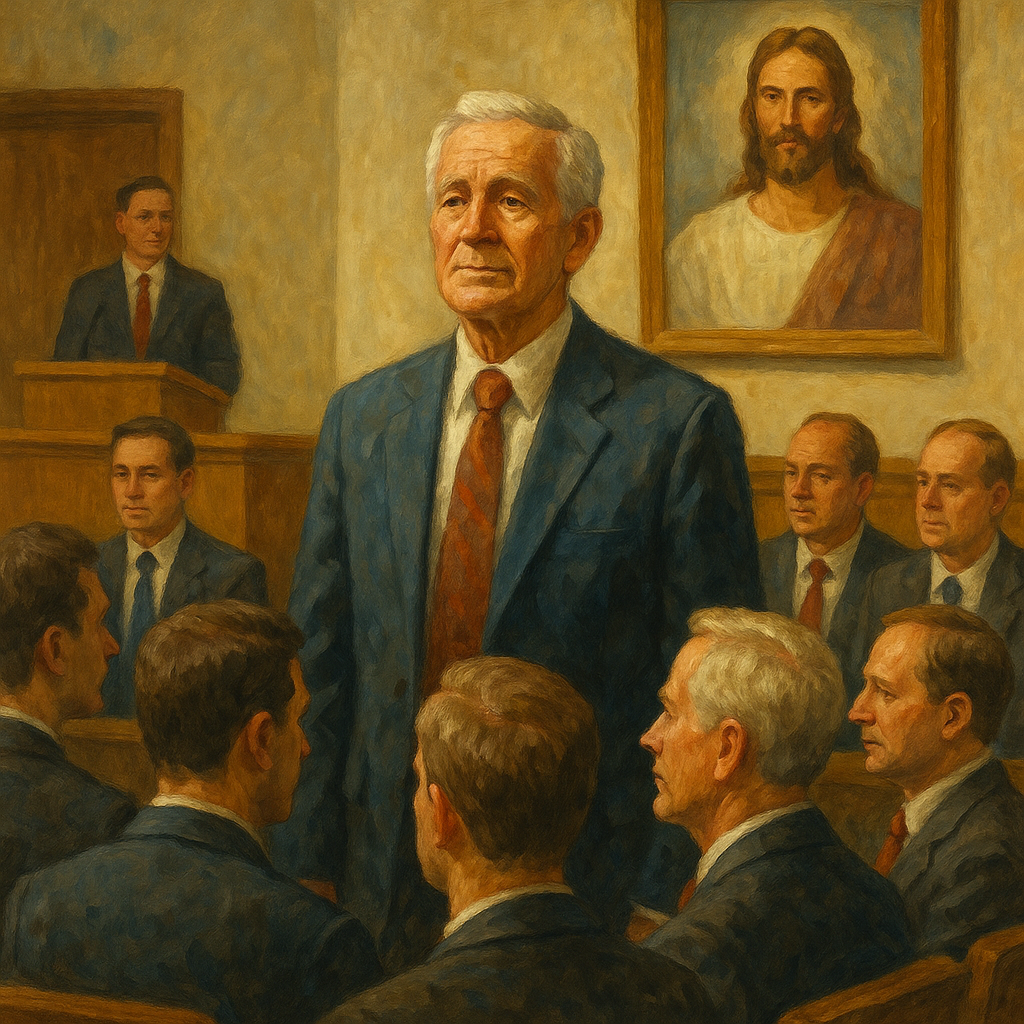
Note: I tried to delay this post because of the Charlie Kirk shooting, but it’s somehow not shifting it for mobile devices and I don’t know how to fix that, so I’m leaving it up. On the shooting, I really don’t have anything to say that isn’t already being said all over the Internet. As I’ve noted before, I try to keep the “I think this is what the Church should do” genre of post to a minimum, because I think the gospel is so much grander than this or that policy from North Temple Street, that song gets overplayed… Read More
-
•
•
4 responses
I want to continue discussing the issue of prophets and administrators by giving a quick overview of some observations of the church’s first three presidents, and will talk about later presidents in future posts. Read More
-
Come Follow Me Currculum, Doctrine and Covenants, Latter-day Saint Thought, SS Lesson – Doctrine and Covenants
•
•
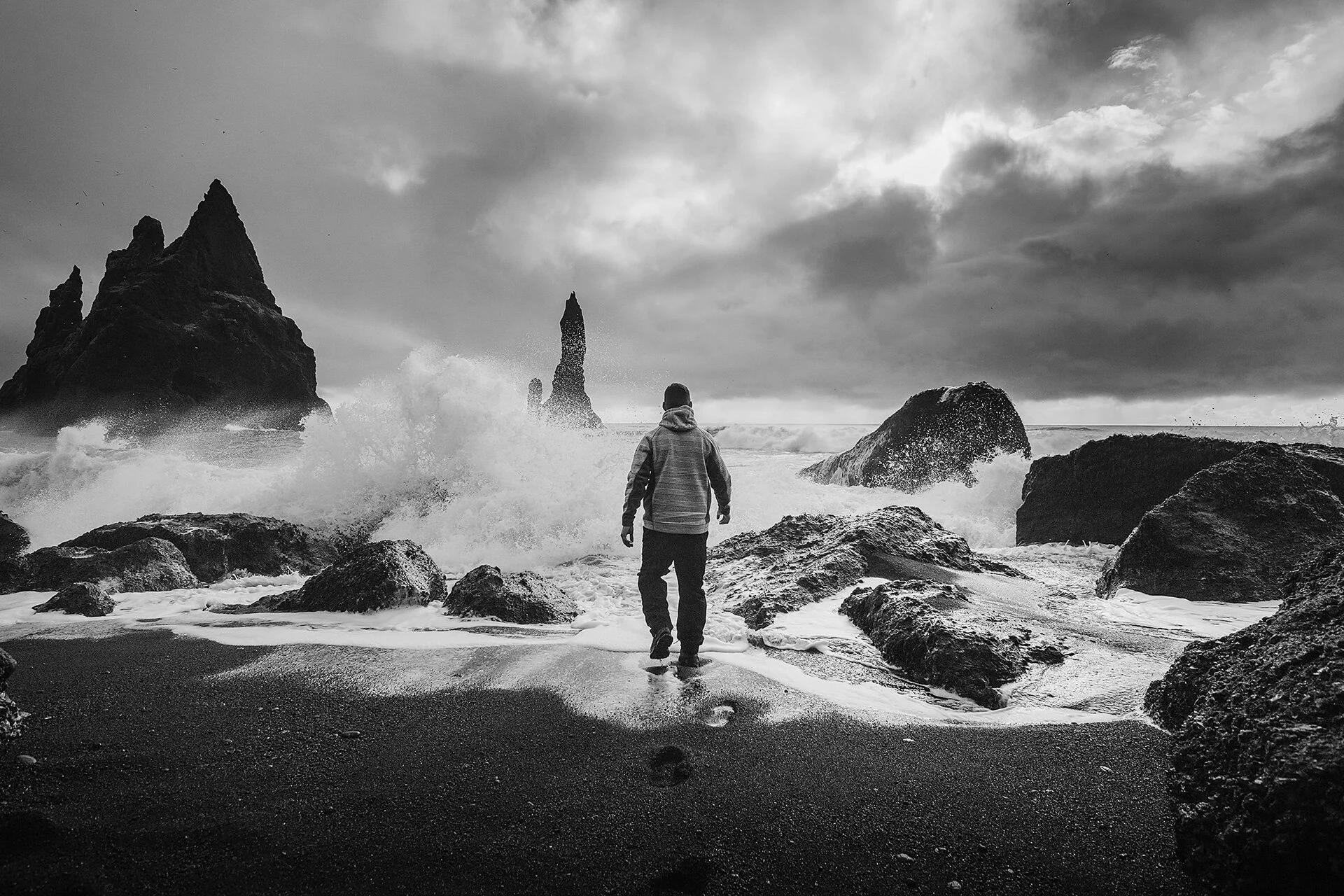
I noticed this time through the Doctrine and Covenants how the idea of trials is a major theme of this book of scripture. And the sections in this week’s lesson are during one of the most challenging periods of trials in early church history, the first round of persecution in Missouri and the subsequent travel to help the members there known as Zion’ Camp. Inherent in the trials described in the D&C is that they came in the attempt to build a Zion society. So the context for the trials is not just how to get along in the church… Read More
-
•
•
9 responses
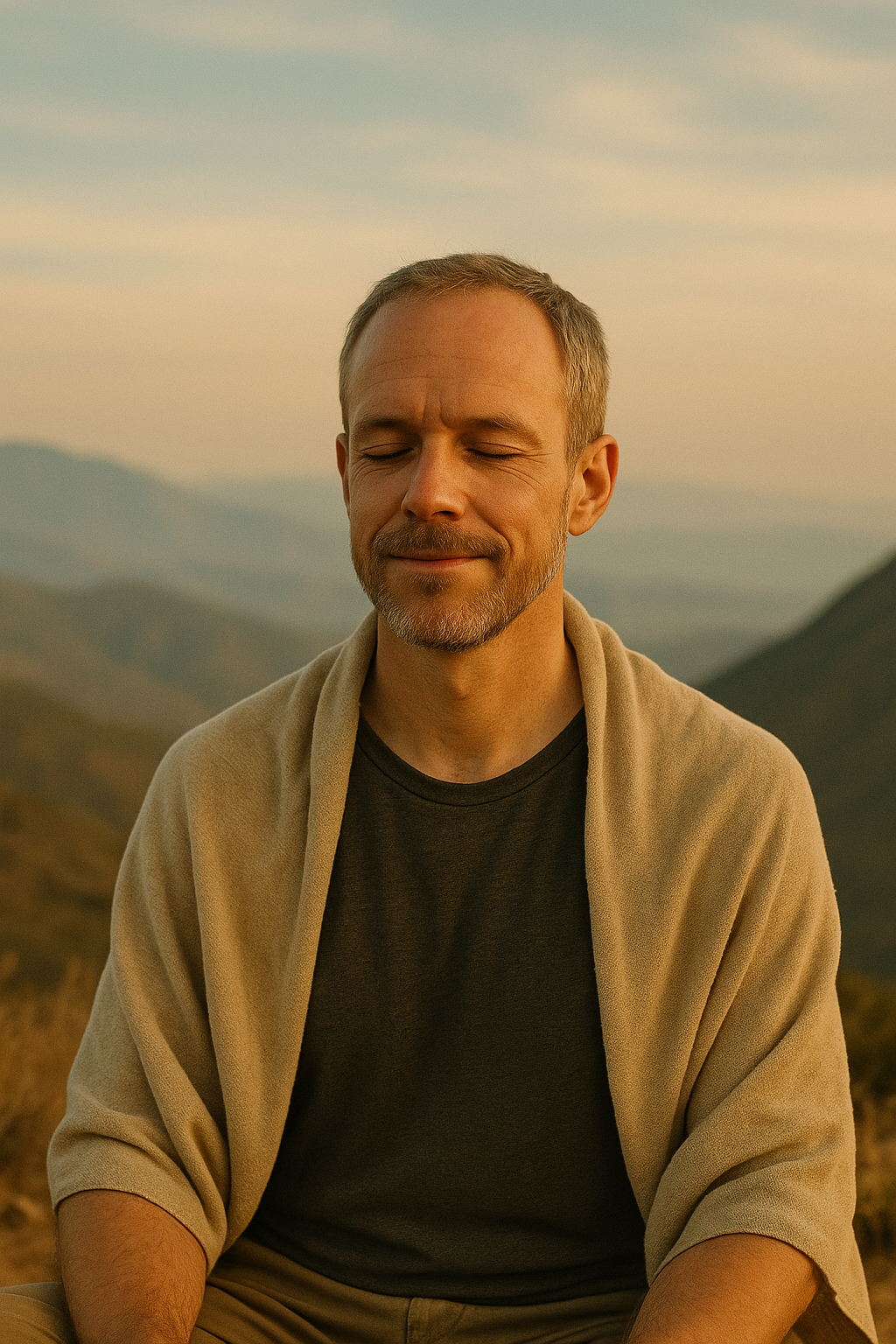
A few weeks ago I finished a weeklong fast where I lived on water and a homemade electrolyte mixture (pinch of magnesium, salt, and potassium chloride) for a week (with the occasional diet sports drink). I had done a 48-hour fast before, but this was my first longer one. To address the obvious “why would anybody do that”? First, it was kind of an experiential bucket list thing. It’s a life experience I’ve never had despite it being all-too-common across time and space. Second, I was curious what a longer-term fast would feel like in terms of the spiritual high.… Read More
-
•
•
12 responses
Do you forsake Mormon celebrities? Yea, I forsake. Do you forsake vicarious satisfaction in their professional success? Yea, I forsake. Do you forsake their works and fandom that you served in former times? Yea, I forsake. Read More
-
•
•
18 responses
So I want to continue to put up some posts on some thoughts I have on church leadership. In my last post, I proposed my idea of a caretaker model of our church leadership. I see our hierarchy as an inspired bureaucracy, a very good thing, but different that all or most policies being dictated by God as we tend to talk in the church. So in my next few posts, I want to talk about some observations I’ve had on what I see as some sort of tension between prophets and great administrators. In my observation, those tend to… Read More
-
•
•
8 responses
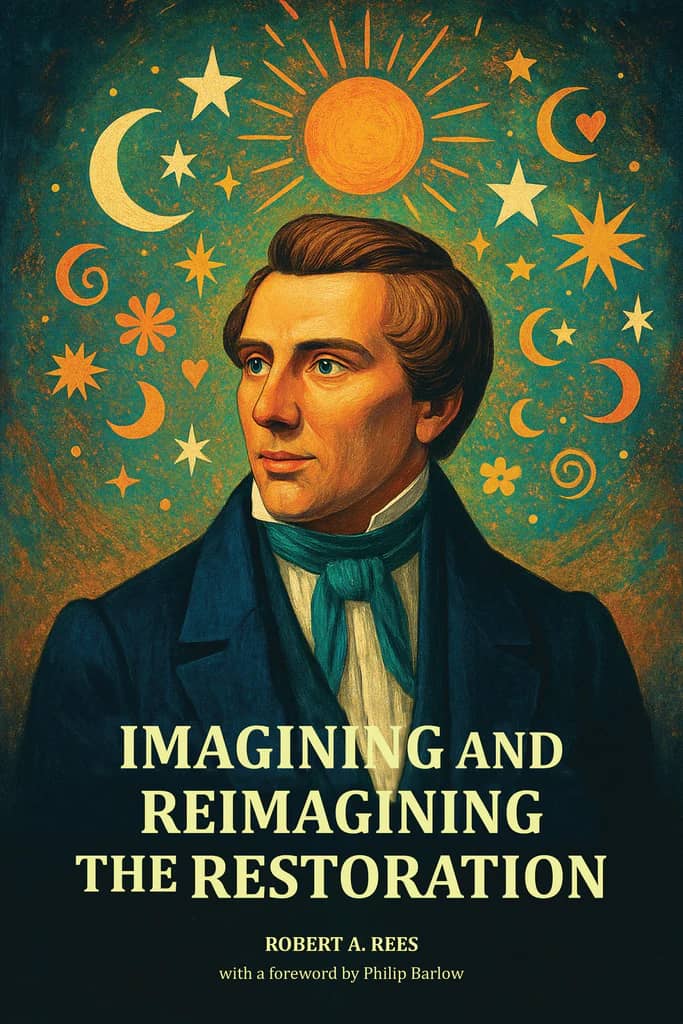
Imagining and Reimagining the Restoration, by Robert A. Rees, offers a moving and thoughtful vision of what a progressive-yet-faithful Latter-day Saint discipleship can look like. Rees—a poet, scholar, and former editor of Dialogue: A Journal of Mormon Thought—draws on a lifetime of devotion and intellectual engagement to explore themes such as Heavenly Mother, the recovery of Christ-centered worship during Holy Week, environmental stewardship, and the creation of midrashic literature about women in scripture and Church history. His prose is interwoven with poetry and literary reflection, making the book as much an artistic meditation as a theological one. Collectively, it serves… Read More
-
•
•
15 responses
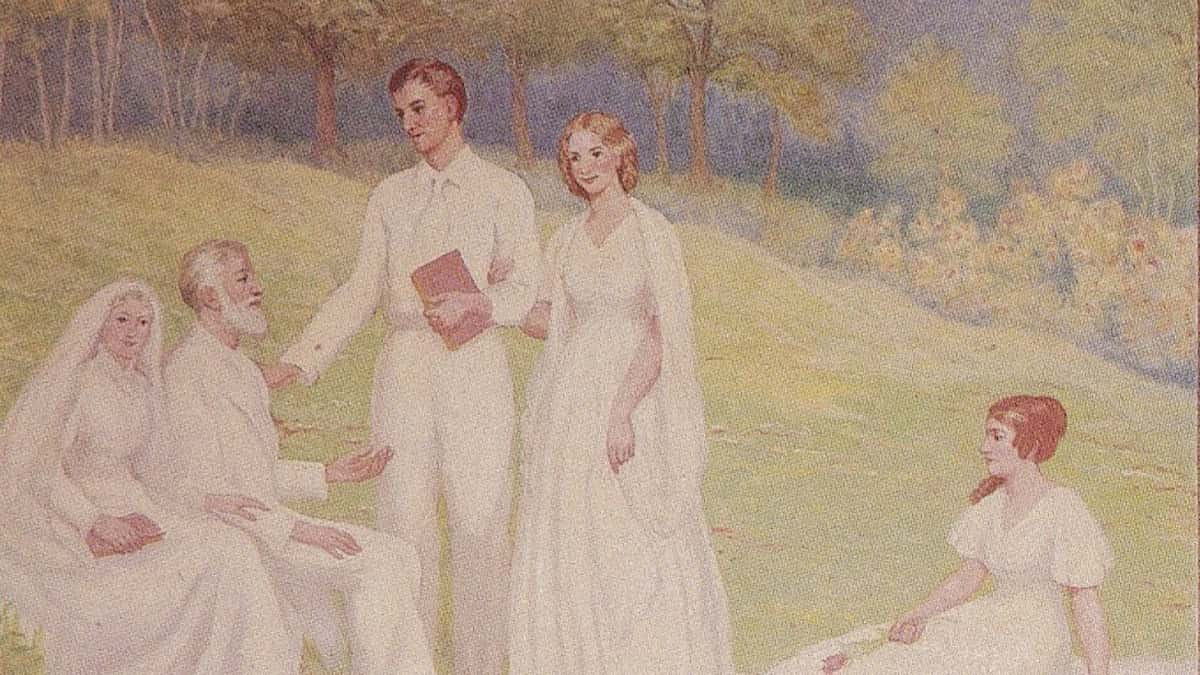
From the comments to this series, Monogamy is the Rule, I have noticed a few points that need clarification. I welcome discussion, and feel like it’s worthwhile to respond to some of those comments in a full post form. Doing so also sets the stage for future posts in the series. Read More
-
•
•
3 responses
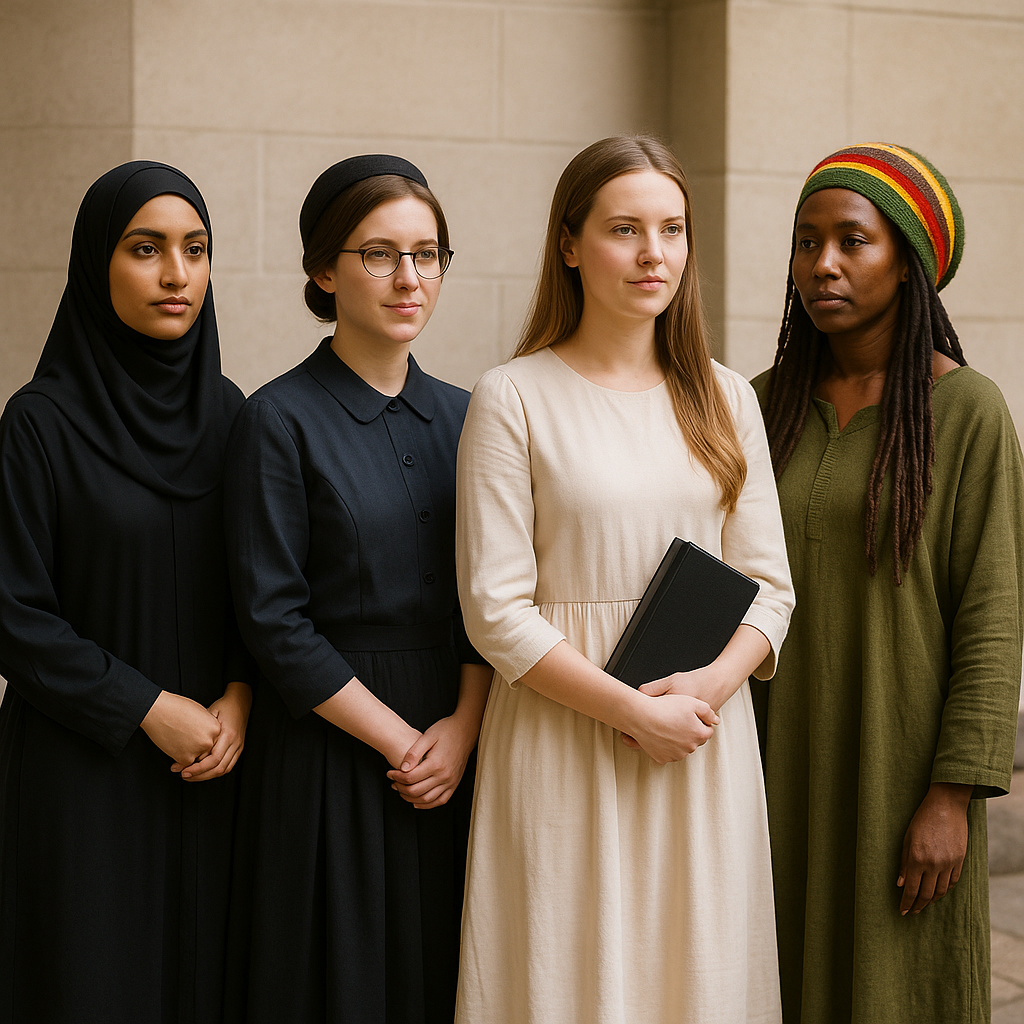
Coltri, Marzia A. “Modest Fashion: Global Perspectives on Identity and Culture.” Alternative Spirituality and Religion Review (2025). This article examines modest fashion as a dynamic cultural phenomenon spanning diverse religious traditions, including Islam, Judaism (with a specific focus on Hasidic women’s dress), Christianity, Mormonism, New Buddhist dress practices, New Religious Movements (NRMs), and Rastafari culture. The study explores how these varied religious communities negotiate clothing as a form of spiritual identity, cultural resistance, and personal expression. By analysing the intersections of fashion, religious belief, and global market trends, the research demonstrates how modest dress transcends simple religious prescription, instead of… Read More
-
•
•
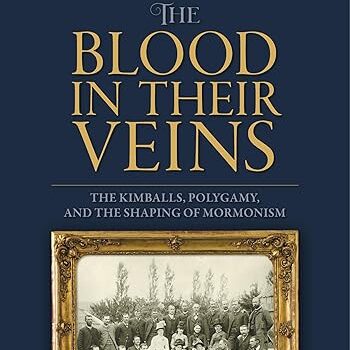
Andrew Kimball’s The Blood in Their Veins offers a compelling and deeply textured exploration of the Kimball family, one of the most prominent lineages in Latter-day Saint history. Centering on the children and descendants of Heber C. Kimball—who himself had forty-three wives and sixty-five children—the book navigates a vast narrative landscape. In doing so, it illuminates not only the intimate lives of the Kimballs but also broader currents in nineteenth- and early-twentieth-century Mormonism, including polygamy, priesthood adoption, colonization, mental health, family politics, visions, missionary service, and church leadership. Read More
-
•
•
4 responses
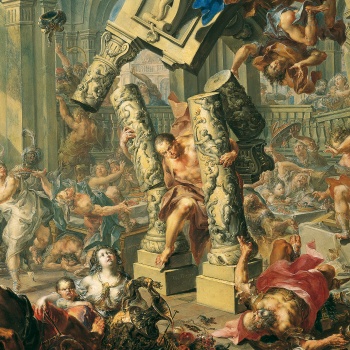
In the television production of Stephen King’s The Institute, Avery Dixon is a ten-year-old telepath who has been snatched from his home in Salt Lake City and taken to a facility for psychically gifted children. In the book, however, Avery is specifically a “Mormon from Orem.” (Spoilers follow!) Read More

